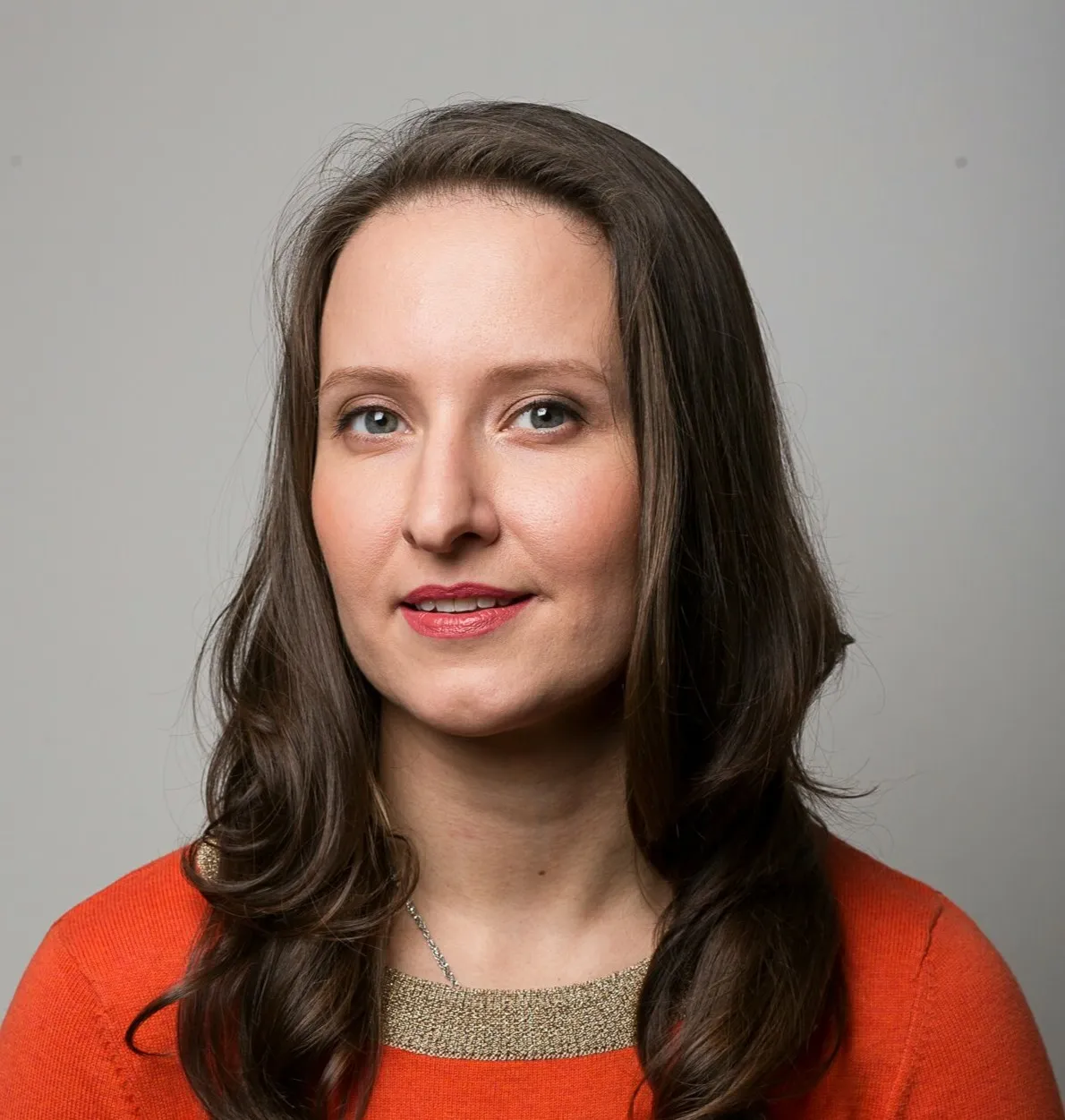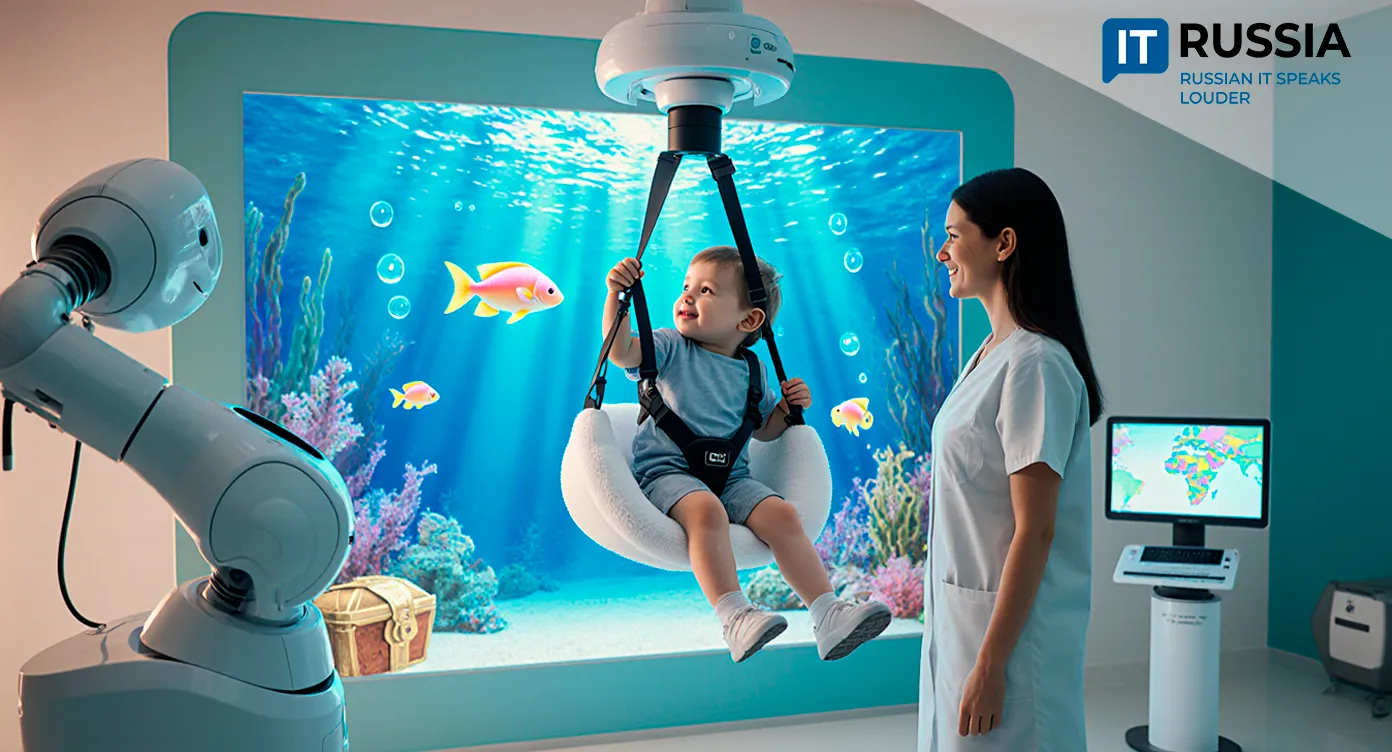Therapy of a New Reality: Russia Develops Digital Medicine to Treat Phobias
Russian physicians and software developers have teamed up to create a digital remedy for fear. Virtual reality (VR) technologies developed in Russia are proving to treat phobias and anxiety disorders more effectively than traditional medications. This groundbreaking approach shows how Russian medical IT innovations are reshaping the future of therapy.
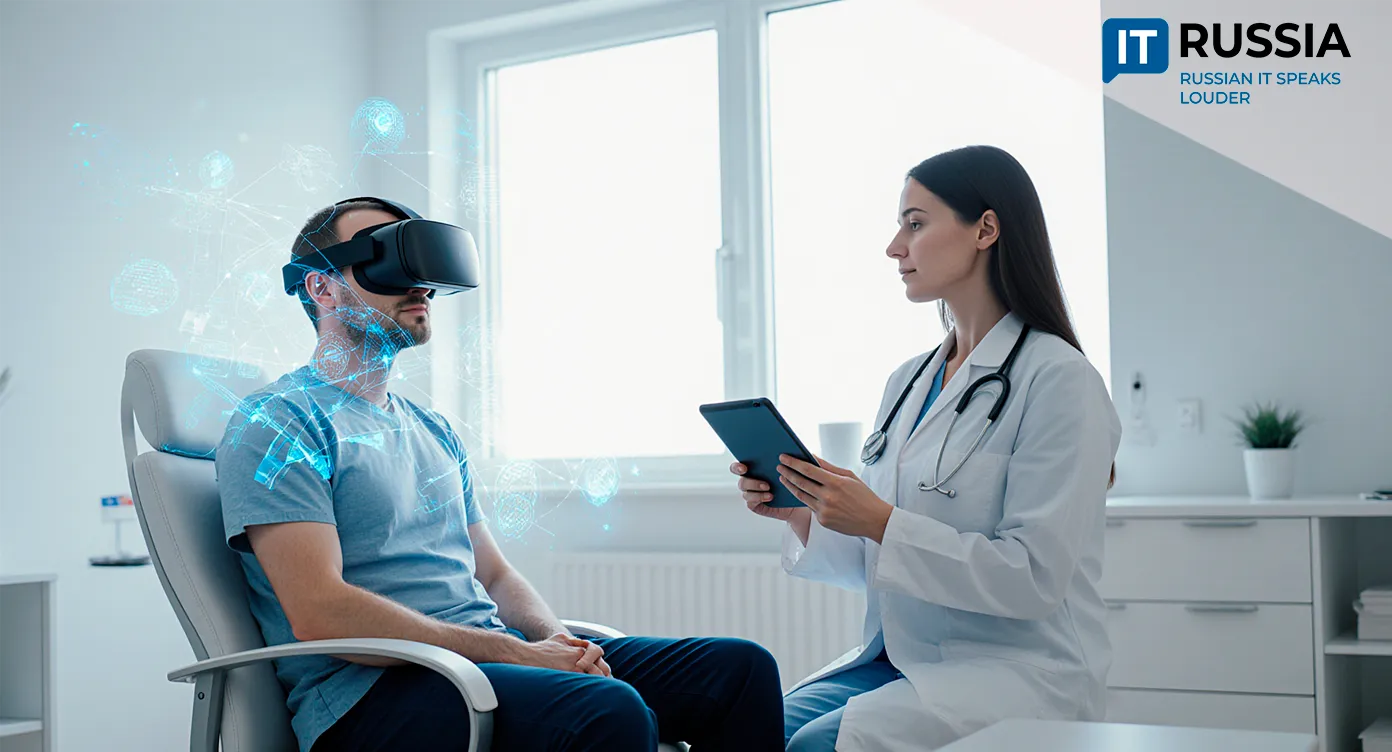
From Simulation to Healing
At a psychiatric clinic in St. Petersburg, a therapy session looks more like a scene from science fiction. A patient suffering from aerophobia puts on a virtual reality headset and suddenly finds himself inside an airplane cabin, hearing the engines roar and feeling the vibrations. Another patient, terrified of public speaking, stands on a brightly lit stage facing an audience of virtual spectators.
This is not entertainment — it is a controlled therapeutic process. Under a psychiatrist’s supervision, patients learn to manage fear step by step. St. Petersburg’s psychiatric care system has taken a strategic leap forward, introducing VR technology to treat phobias, anxiety disorders, and panic attacks.
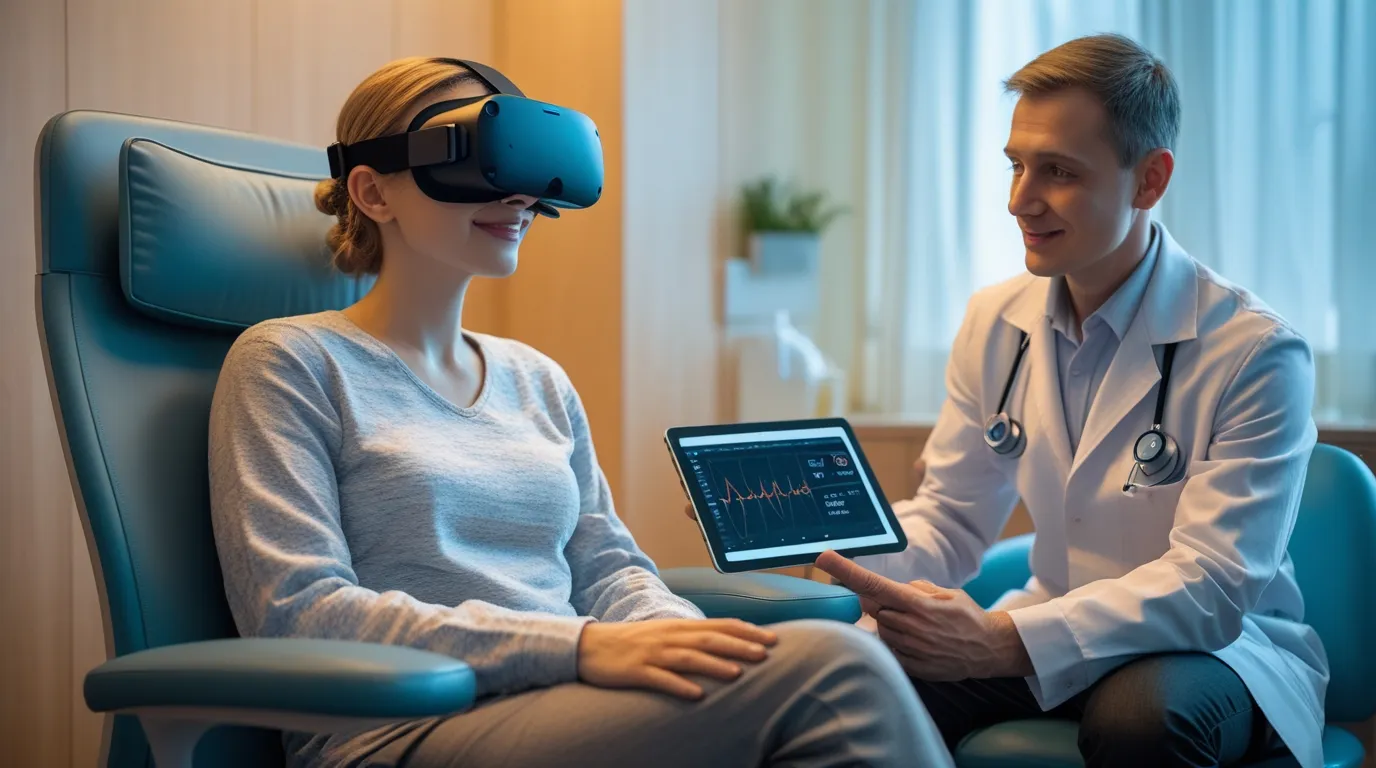
The method, which is already showing high efficiency, immerses patients in safe yet realistic environments where they can gradually face their fears — heights, confined spaces, or public performance — while their stress levels are monitored in real time. The result: uncontrolled fear becomes a manageable experience.
A New Approach to Treating Fear
The VR-based method is a major evolution of traditional exposure therapy — but with one crucial advantage: full safety and control. There is no need to take a patient afraid of heights to a real bridge when a virtual one can recreate the experience just as effectively. VR also makes it possible to simulate unique, highly specific situations that would be difficult or dangerous to replicate in real life.
The success of St. Petersburg’s program is not an isolated case but part of a broader national movement that underscores Russia’s leadership in this emerging medical niche. In Ryazan, a specialized VR complex has already been developed for phobia therapy, allowing patients to interact directly with anxiety triggers through immersive environments. Meanwhile, researchers in Moscow have demonstrated that VR programs significantly reduce anxiety levels in patients with nyctophobia — the fear of darkness.
Russian experts are not just users but creators of medical technology. Patented VR simulators for phobia therapy and domestic VR applications for patients with depression and generalized anxiety have already been introduced. These advances are backed by scientific publications and peer-reviewed studies, forming a solid evidence base for scaling such therapies nationwide.
Why Russia’s VR Medicine Has Global Potential

Russian VR innovations are poised to transform mental healthcare systems. Experts predict that in the near future, VR therapy will become a standard complementary treatment across major medical centers in Moscow, St. Petersburg, and other major cities. Developers are working on culturally and socially tailored VR scenarios to make therapy more effective for local patients. The methodology is also expanding to treat panic attacks, post-traumatic stress disorder (PTSD), and social anxiety.
As the cost of VR equipment continues to fall, these digital therapies are expected to move beyond specialized psychiatric clinics and into general hospitals and private wellness centers, making advanced psychological support more accessible to the public.
Challenges as a Path to Growth
Russian developers and clinicians recognize the challenges ahead: precise scenario design to avoid symptom aggravation, equipment costs, patient data security, and regional accessibility. Yet, the systematic way these issues are being addressed — through patents, clinical trials, and professional training — reflects a mature and responsible approach to medical innovation.
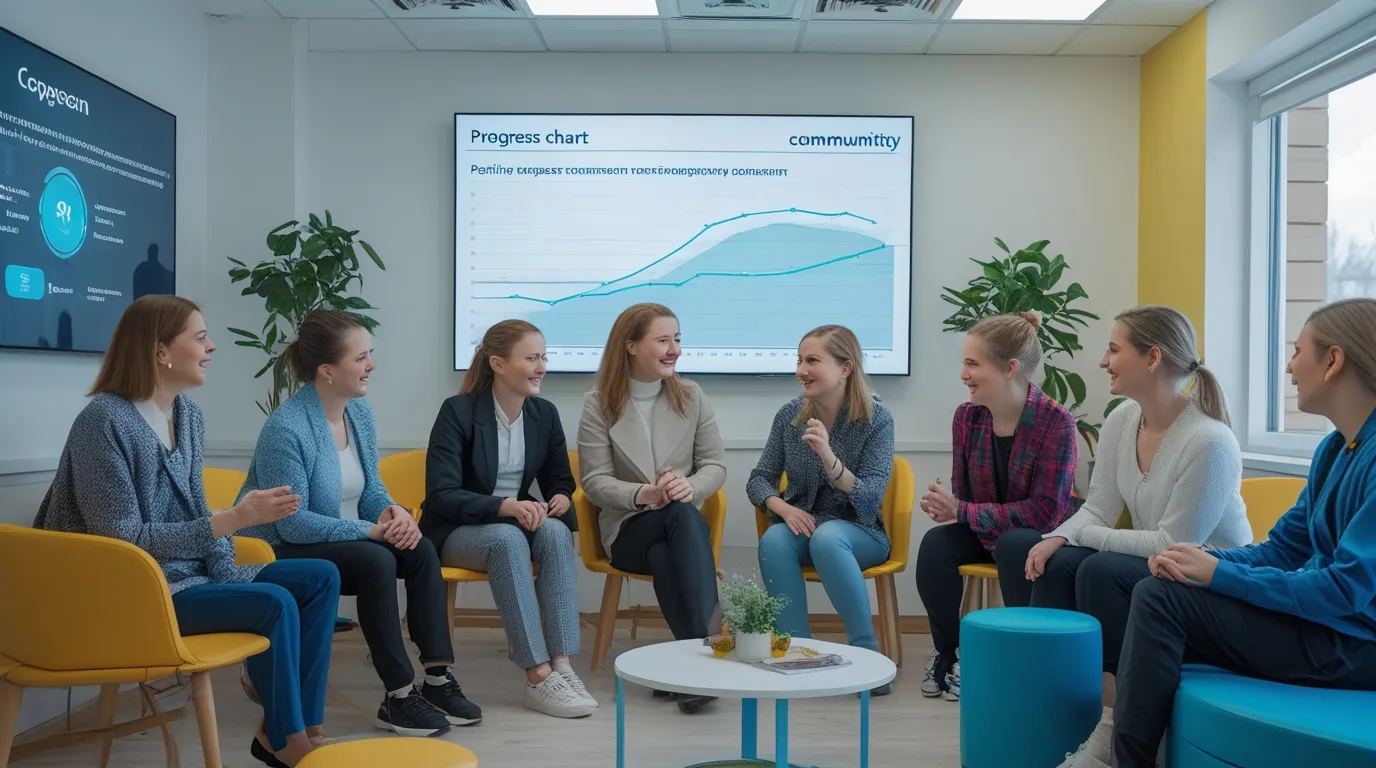
The integration of VR therapy into Russian psychiatry is more than a technological milestone — it’s a paradigm shift. It illustrates how collaboration among scientists, doctors, and IT engineers can create next-generation therapeutic tools that are adaptive, patient-centered, and data-driven. The breakthrough achieved in St. Petersburg is not a local success but a national statement of intent: Russia is positioning itself as a global leader in health technologies that restore emotional balance and quality of life.


